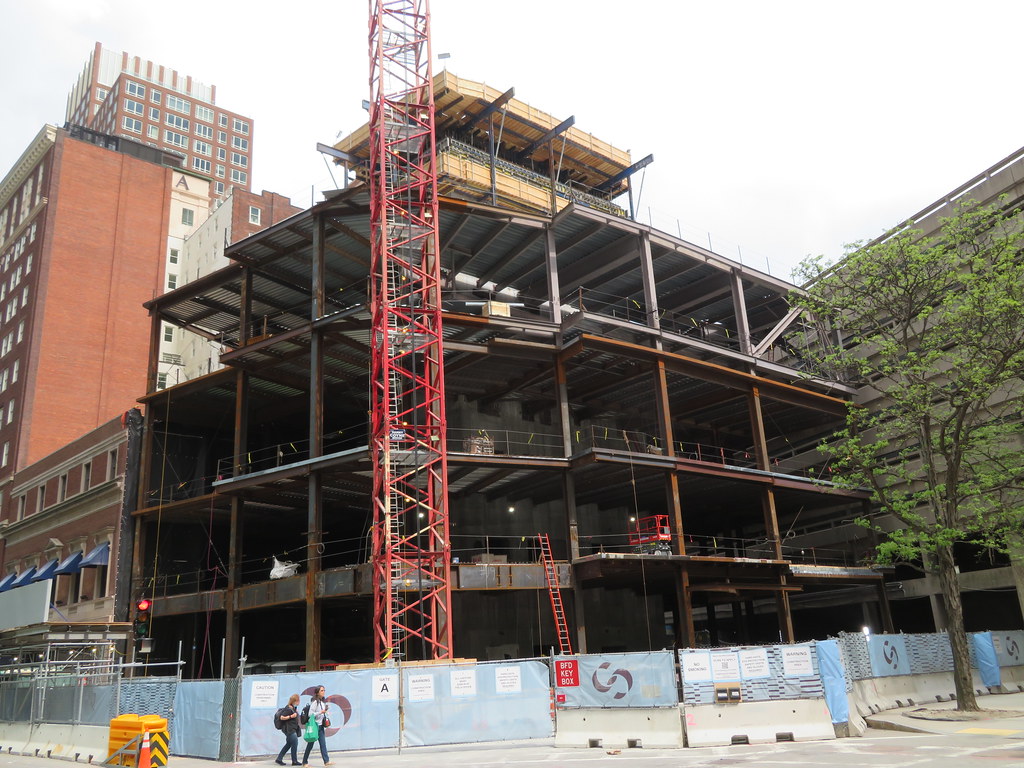Building luxury condos on top of a luxury brand mall makes too much sense IMO to not happen eventually, but I think well be waiting at least a decade for the demand to build up again for that kind of high-end high-rise luxury.
Great points earlier, but I respectfully disagree here.
The age 65+ Active retiree with disposable income demographic Tsunami Wave is already upon us. The pandemic is a burp in time. The demand for high end empty nest urban residential is here now (as opposed to the direction of office space) and will be increasing for decades.
They need to act NOW if they want this to hit the market by 2025.
Last edited:

 IMG_8295
IMG_8295 IMG_8351
IMG_8351 IMG_8352
IMG_8352 IMG_8392
IMG_8392 IMG_9083
IMG_9083 IMG_6556
IMG_6556 IMG_6560
IMG_6560 IMG_6563
IMG_6563 IMG_6565
IMG_6565 IMG_6567
IMG_6567